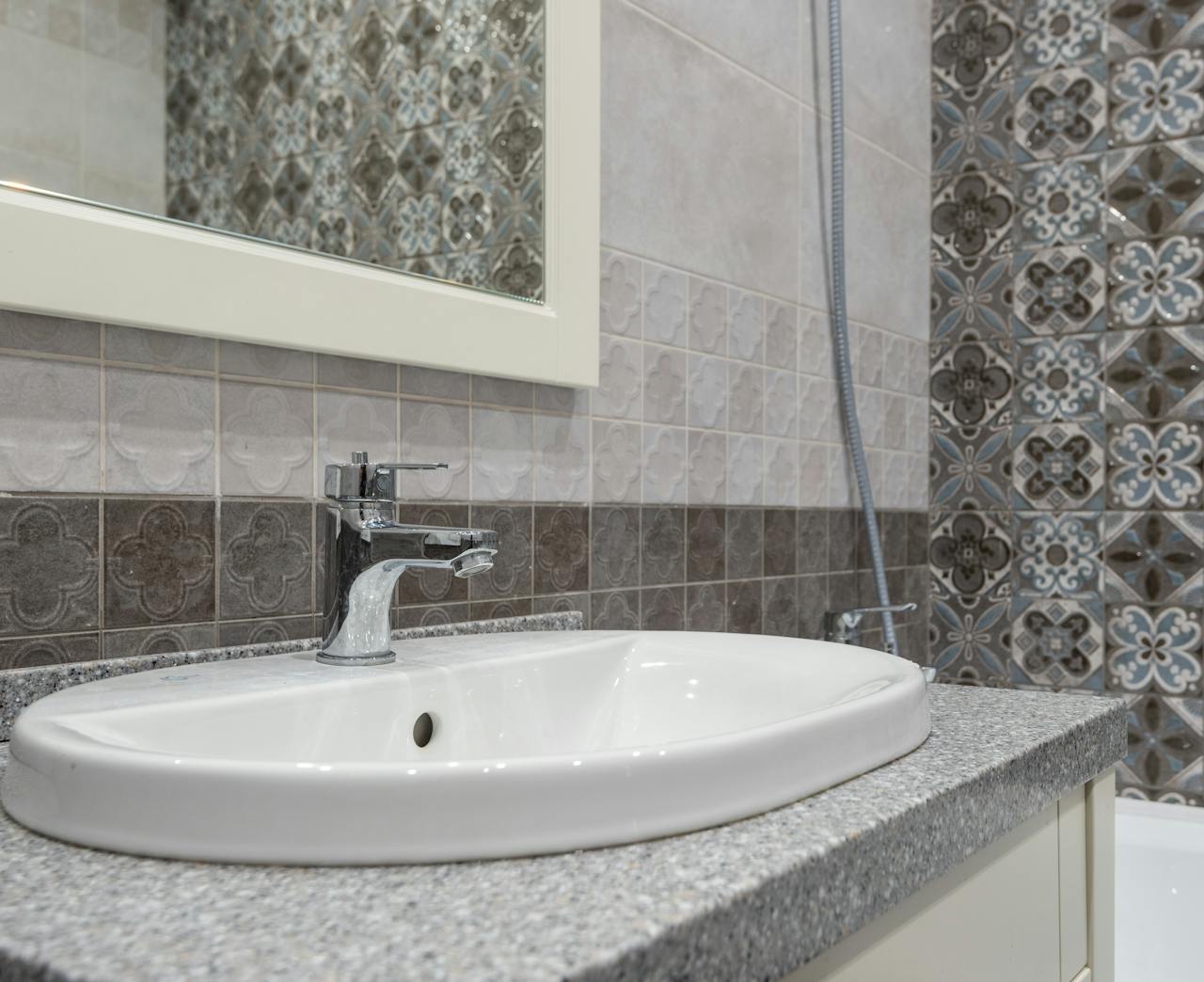A Sustainable Approach to Drain Cleaning
In the world of drain cleaning, where efficiency, precision, and environmental responsibility are paramount, hydro excavation emerges as a game-changing solution. This innovative technique combines the power of pressurised water with advanced vacuum technology to excavate and clean drains with unparalleled efficiency and precision. In this article, we delve into the transformative benefits of hydro excavation for drain cleaning, highlighting its sustainability, effectiveness, and versatility in maintaining critical infrastructure while minimising environmental impact.
Traditional drain cleaning methods often involve manual labour, heavy machinery, and chemical agents, which can be time-consuming, costly, and environmentally harmful. Moreover, these methods may only sometimes effectively remove stubborn blockages or sediment buildup, leading to recurring drainage issues and potential damage to underground infrastructure. Hydro excavation offers a sustainable alternative that addresses these challenges while prioritising safety, efficiency, and environmental stewardship.
At the heart of hydro excavation lies the principle of using pressurised water to break apart soil and debris, which is then extracted using a high-powered vacuum system. This process allows for precise excavation and cleaning of drains, pipelines, and underground utilities without heavy machinery or harmful chemicals. Hydro excavation minimises disruption to surrounding areas by harnessing water power, reducing the risk of damage to underground infrastructure, and ensuring a safer and more environmentally friendly work environment.
One of the critical advantages of hydro excavation for drain cleaning is its versatility and adaptability to various types of drainage systems and soil conditions. Whether tackling routine maintenance tasks, clearing stubborn blockages, or conducting emergency repairs, hydro excavation can be tailored to meet the specific needs of each project. Hydro excavation offers a flexible and efficient solution for various drain cleaning applications, from residential sewer lines to municipal storm drains and industrial pipelines.
Moreover, hydro excavation offers significant advantages in terms of safety and risk mitigation compared to traditional excavation methods. Hydro excavation eliminates the risk of accidental damage to underground utilities, such as gas lines, electrical cables, and telecommunications infrastructure, by using pressurised water instead of mechanical digging tools. This reduces the likelihood of costly repairs, service disruptions, and potential safety hazards for workers and bystanders.
 In addition to its efficiency and safety benefits, hydro excavation is also environmentally sustainable, minimising the ecological footprint of drain cleaning operations. Unlike chemical agents or mechanical excavation, which can release harmful pollutants into the soil and waterways, hydro excavation relies on the natural power of water to clean drains without adverse environmental effects. This makes it an ideal choice for environmentally sensitive areas, such as wetlands, water bodies, and protected ecosystems, where traditional drain cleaning methods may risk local wildlife and habitats.
In addition to its efficiency and safety benefits, hydro excavation is also environmentally sustainable, minimising the ecological footprint of drain cleaning operations. Unlike chemical agents or mechanical excavation, which can release harmful pollutants into the soil and waterways, hydro excavation relies on the natural power of water to clean drains without adverse environmental effects. This makes it an ideal choice for environmentally sensitive areas, such as wetlands, water bodies, and protected ecosystems, where traditional drain cleaning methods may risk local wildlife and habitats.
Furthermore, hydro excavation offers cost savings over the long term by reducing the need for repetitive maintenance and repairs associated with traditional drain cleaning methods. By thoroughly cleaning drains and removing debris, sediment, and root intrusions, hydro excavation helps prevent future blockages and drainage issues, extending the lifespan of underground infrastructure and minimising the need for costly repairs or replacements. This reduces operational costs for property owners and municipalities and contributes to the overall sustainability and resilience of drainage systems.
The precision of hydro excavation ensures minimal disturbance to the surrounding landscape and infrastructure. Traditional excavation methods often involve heavy machinery that can cause collateral damage to nearby structures, landscaping, and utilities. In contrast, hydro excavation allows for targeted excavation precisely where needed, minimising disruption to surrounding areas and reducing the risk of costly repairs or restoration work. This precision is particularly beneficial in urban environments where space is limited and the integrity of underground utilities is critical.
Hydro excavation also offers an added layer of safety for workers and bystanders. Traditional excavation methods, such as mechanical digging, can pose a significant risk of accidents, injuries, and fatalities, especially when working near buried utilities or confined spaces. Hydro excavation eliminates these risks by using non-destructive techniques that reduce the likelihood of accidental damage or cave-ins. Additionally, the remote operation capabilities of hydro excavation equipment allow operators to maintain a safe distance from excavation sites, further reducing the risk of injuries and ensuring a safer work environment for all involved.
The non-invasive nature of hydro excavation makes it an ideal choice for preserving historical sites, archaeological artifacts, and underground infrastructure. In areas with rich cultural heritage or historical significance, traditional excavation methods may risk damaging buried artifacts or structures. Hydro excavation offers a gentle and precise alternative that allows for careful excavation and preservation of valuable historical resources. This ensures that future generations can continue to study and appreciate our shared cultural heritage without compromising its integrity.
Hydro excavation represents a sustainable and practical approach to drain cleaning that prioritises efficiency, safety, and environmental responsibility. Hydro excavation offers a versatile and adaptable solution for maintaining critical infrastructure while minimising disruption and ecological impact by harnessing the power of pressurised water and advanced vacuum technology. As awareness of its benefits grows, hydro excavation is poised to become the preferred choice for drain cleaning operations, offering a brighter and more sustainable future for drainage systems worldwide.



